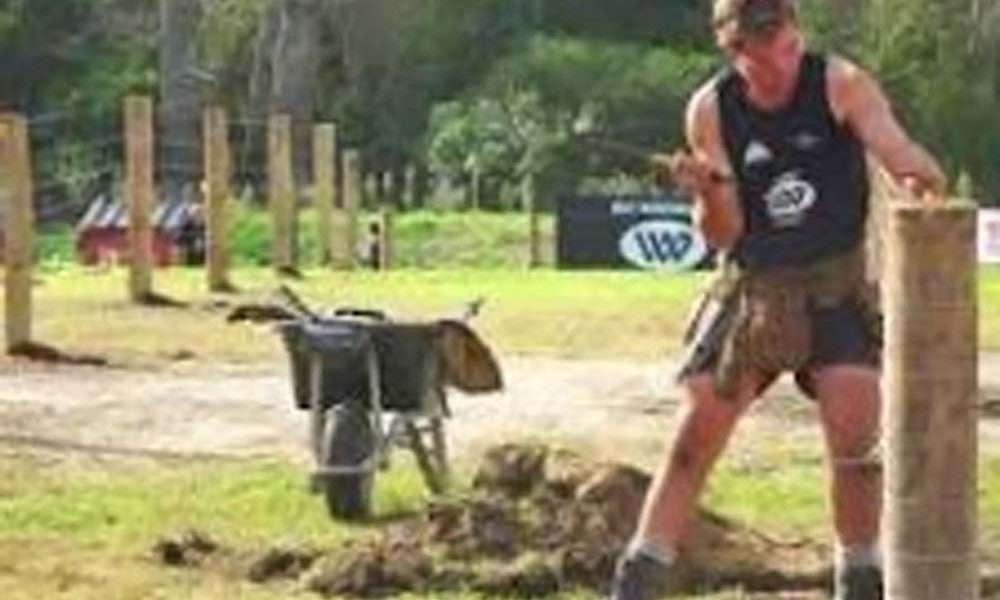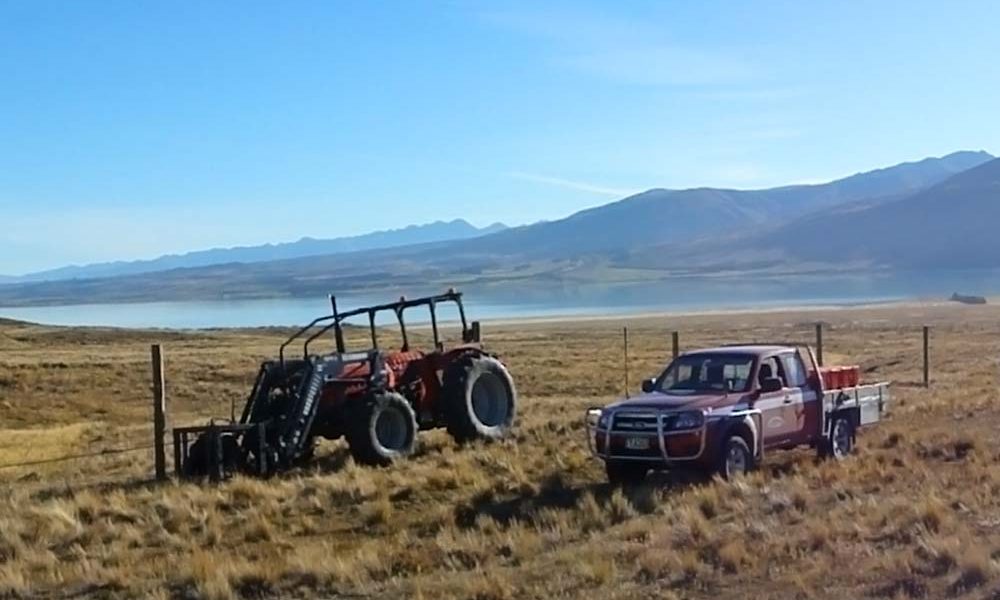
Building a set of miniature horse pens offered a few interesting challenges that required quick thinking for Burne Maxted of Manawatu-based Maxted Fencing.
The client was looking at installing a shed and wanted horse pens installed inside, similar to a horse stud stable development Burne had done for a friend of hers.
“At first, I thought, we’ll get away with post-ramming the posts in before they poured the floor in the shed, but unfortunately, as the client had picked a steel-framed shed, it would have voided the warranty as the floor acts as a structural support.
“So, I came up with the idea of bolting a free-standing structure internally.”
The next step was the gate design.
“We threw ideas back and forth, and we came up with ordering custom made 1500mm Gallagher Bullmaster gates, and they were perfect. Solid yet light enough.”
With the client and builder’s approval, Burne put together a plan and came up with a six-pen 1100mm high rail fence with a plywood freestanding wall against the shed on all three sides.
The client owns four miniature ponies, but Burne set up the yards so they could be used for calf rearing if required, which helped resale value.
It was a couple of months later, he got the call saying the sheds were completed and ready for the yards to be installed.
He and another worker started with the back wall, with posts bolted down with galvanised U brackets and 125mm concrete screws. They then framed it out with 100mm by 50mm of railing and lined it with 12mm treated ply.
It was the first time Burne had used the brackets in nine years of fencing.
Using U brackets meant using square posts, which he said was not ideal for swinging a gate off.
“So, we came up with the idea of a no. 2 strainer post bolted down using big L brackets and screws. And surprisingly enough, once the rail was bolted on, it was very strong and handled the gate perfectly.”
Another odd challenge was getting to the shed, which was knee deep in mud, as the job was carried out in August while the Manawatu was experiencing unusually wet conditions. Wooden pallets were sacrificed in order to make a path.
“So, there was plenty of material to carry one by one to the shed,” Burne said.
The shed was a straightforward job. The only real challenge was getting the brackets in the correct spot before drilling holes.
They then marked out the front and started drilling, getting the brackets in and rails up.
Happy with the process, he rang the client to get approval and check if there were any changes.
“She trusted us and gave us plenty of freedom for which materials we needed to use, and we could build it any way we wanted to achieve a strong, well-built yard, just as long as we met the criteria of six stables recessed just slightly into the shed so they are out of the weather, and a kickboard to hold in the sawdust, until the matting was installed at a later date.”
The budget was set between $10,000 and $15,000 plus GST, which they managed to stick within.
Burne said the biggest costs were the custom-made gates and 50 galvanised brackets and concrete screws.
“All in all, it was actually a simple job.”
He was very happy with the result and showcased the project by posting some pictures on the business’s Facebook page, which caught some attention.
“(I’ve) got another shed to do, something very similar on the books now.”
Article written by Rosa Watson
Published in WIRED issue 73/JUNE 2024 by Fencing Contractors Association NZ
Follow us on Facebook
© Fencing Contractors Association NZ (FCANZ)

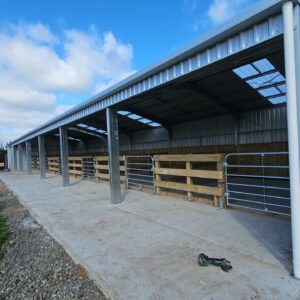
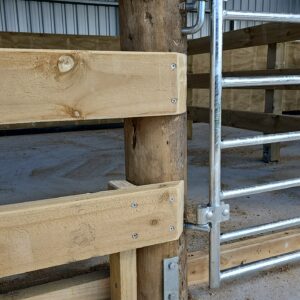








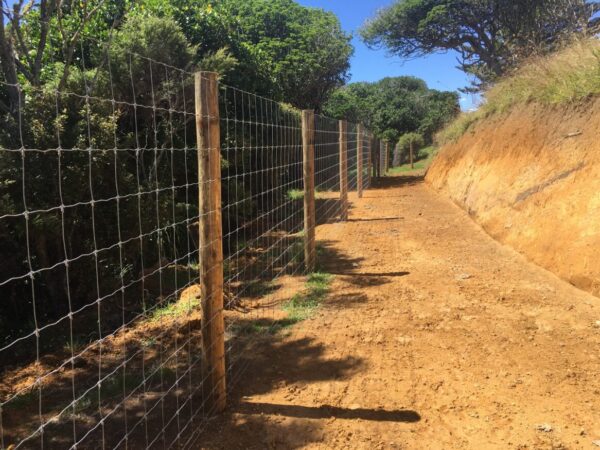

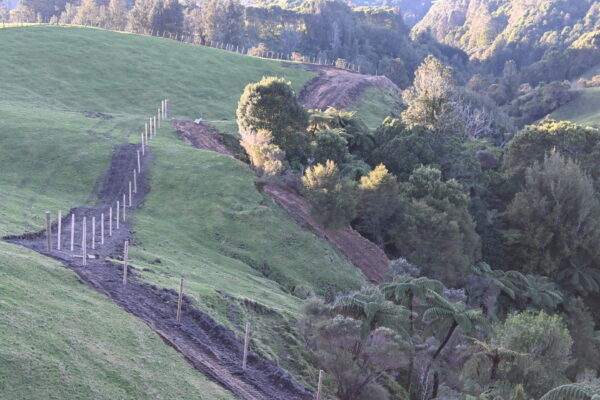
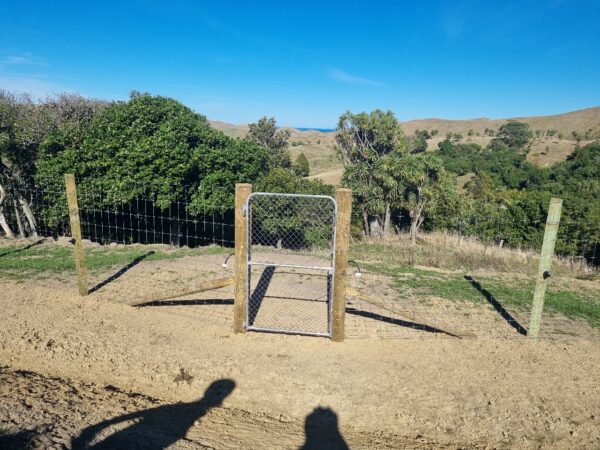




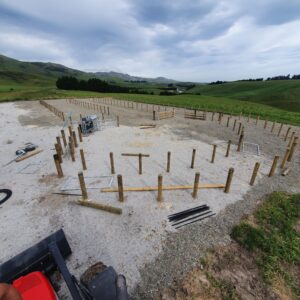

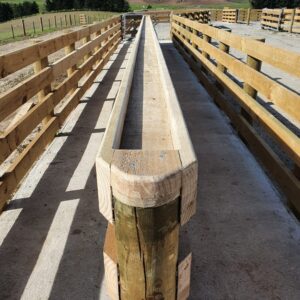


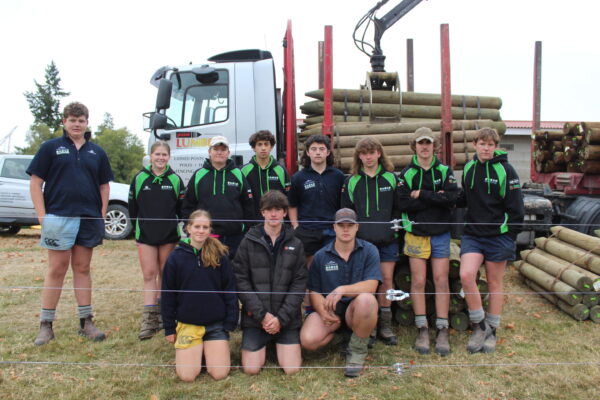







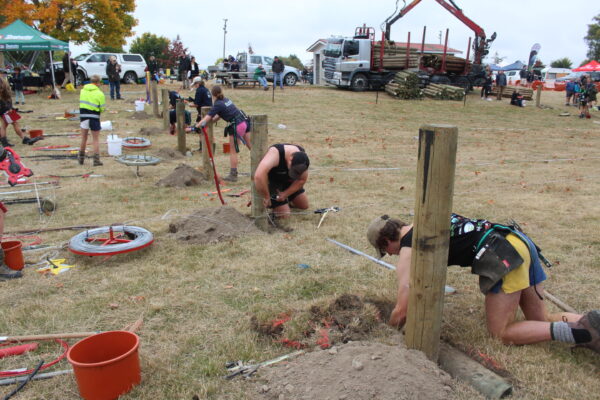


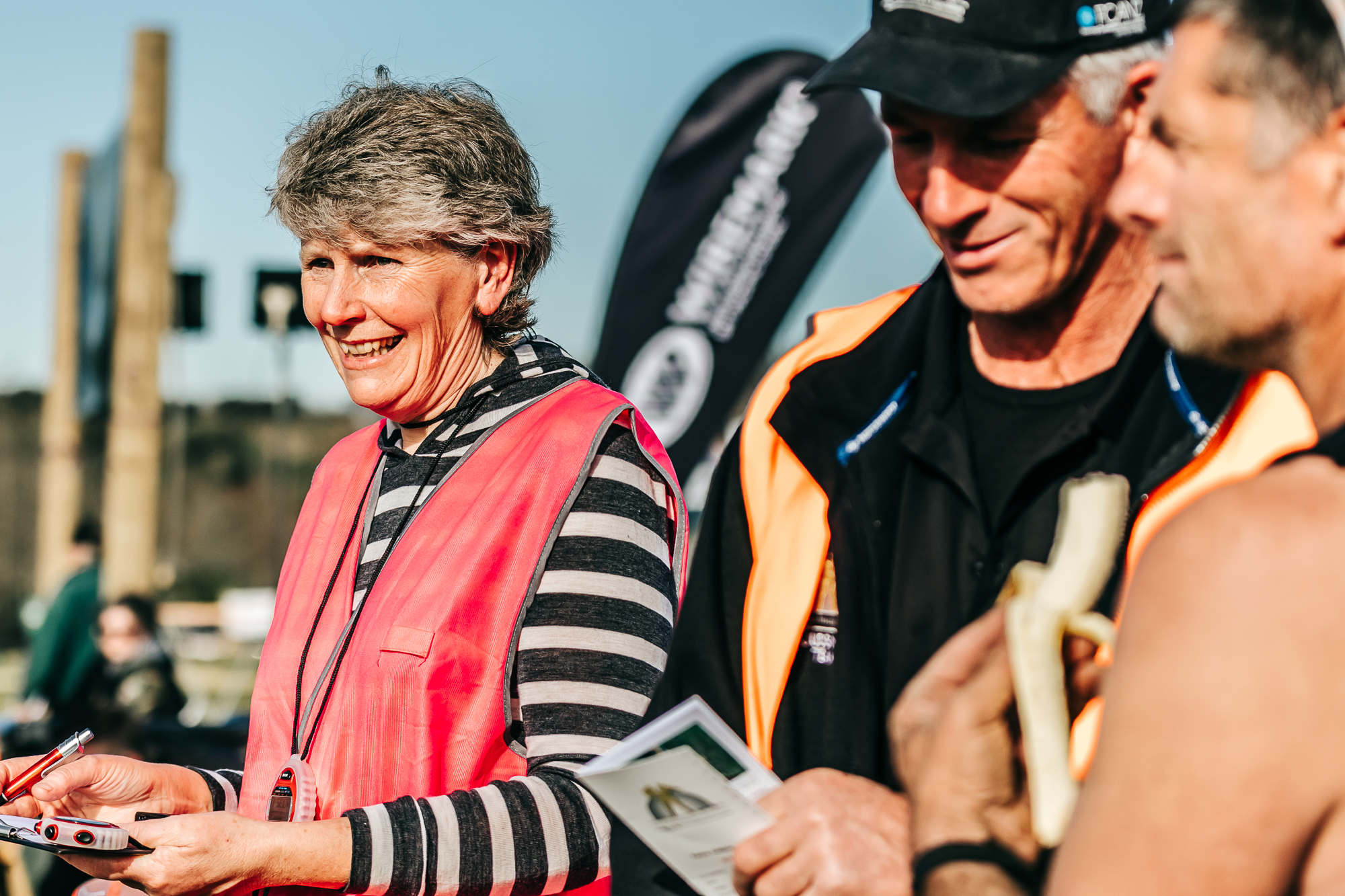











 The Trainee of the Year award recognises a worker who was enrolled in an NZQA National Certificate in Fencing Level 3 course during 2023 and has demonstrated to the tutor that they have excellent knowledge and skills in fence line installation. There were 3 finalists for this award, with Martin Tomars from Whangarei taking out the honours. Judges’ comments stated that Martin “actively participated well on course days, he listened and followed instructions. He was involved in group discussions where he shared his knowledge with others. His quality of workmanship has improved since the start of the course with an eye for detail and Health and Safety.”
The Trainee of the Year award recognises a worker who was enrolled in an NZQA National Certificate in Fencing Level 3 course during 2023 and has demonstrated to the tutor that they have excellent knowledge and skills in fence line installation. There were 3 finalists for this award, with Martin Tomars from Whangarei taking out the honours. Judges’ comments stated that Martin “actively participated well on course days, he listened and followed instructions. He was involved in group discussions where he shared his knowledge with others. His quality of workmanship has improved since the start of the course with an eye for detail and Health and Safety.”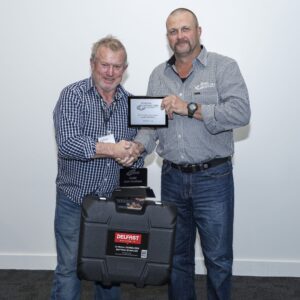
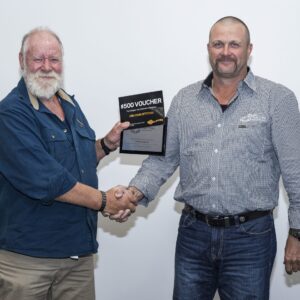
 Sarah Foley-Smith was presented with the first Industry Contribution award for actively advocating for the students within her school who have shown an interest in and aptitude for the fencing trade. This award was created to recognise and acknowledge individuals who go above and beyond to champion and support the fencing industry’s growth and development. As the organiser of the first-ever Secondary Schools Fencing competition held at the FCANZ National Fencing Field Day, Sarah was a worthy recipient.
Sarah Foley-Smith was presented with the first Industry Contribution award for actively advocating for the students within her school who have shown an interest in and aptitude for the fencing trade. This award was created to recognise and acknowledge individuals who go above and beyond to champion and support the fencing industry’s growth and development. As the organiser of the first-ever Secondary Schools Fencing competition held at the FCANZ National Fencing Field Day, Sarah was a worthy recipient.
